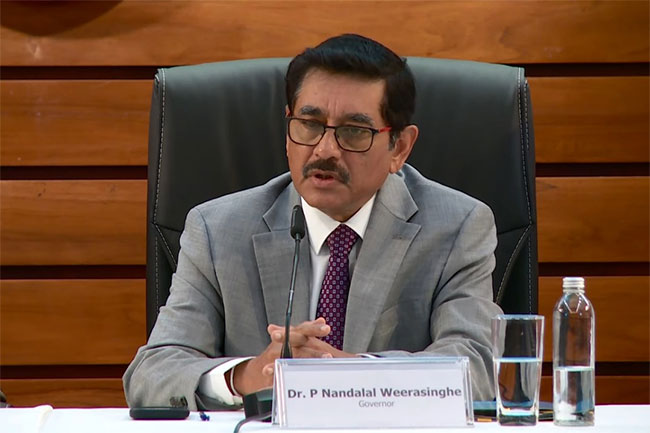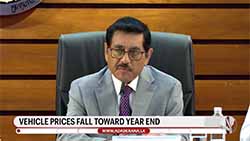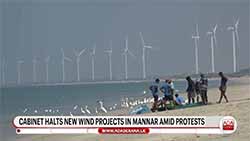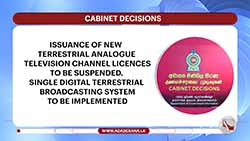LC openings drop as pent-up demand for vehicle imports declines – CBSL chief
November 26, 2025 06:02 pm
Sri Lanka’s Central Bank Governor Dr. Nandalal Weerasinghe says that a large number of Letters of Credit (LCs) were opened this year due to “pent-up demand” following the lifting of vehicle import restrictions in February and that the demand for vehicle imports is expected to stabilize in coming months.
“Motor vehicle imports are now stabilizing. Obviously it is a little higher than we thought at the beginning of the year. Because of pent-up demand there is a large number of LCs opened in July, August and September.”
“Now the number of LCs are coming down. That will reflect in the next couple of months. The demand for imports especially motor vehicle imports I think we’ll see stabilizing and coming down,” he told reporters in Colombo today (26).
Asked whether the higher than expected LCs had an impact on the depreciation of the Sri Lankan Rupee, the CBSL Governor explained that currency exchange rate will be determined based on the market demand and supply.
He stated that there is a higher demand for foreign exchange in terms of imports or other means of demands for foreign exchange and that will reflect on the currency on a gradual basis.
“At the same time remittances, tourism and exports are doing well. As a result we are seeing some kind of a balance between demand and supply. But in the short term if there is a volatility, the central bank intervenes and if there is an undue disorderly adjustment we intervene and basically smoothen out that volatility. That’s what it has happened,” he clarified.
Dr. Weerasinghe noted there obviously is a higher demand for imports, partly coming from the motor vehicle imports and partly coming from the other imports.
“Because credit is growing, private sector equities are happening, economy is growing at a healthy rate. That certainly will reflect in the exchange rate. That’s a natural rate of determining exchange rate that’s why we have seen some depreciation of the exchange rate this year, around 5% on gradual basis.”
However, he emphasize that under the current exchange rate determining regime, the exchange rate can move both ways. “It’s not a one-way movement. Even the last couple of weeks some depreciation has turned around now appreciated and stable at that level,” he stressed.
“Gradual movement in both ways is good. We will ensure there is a movement in both ways so there is a balance between demand and supply. So that will reflect and act as a kind of a stabilizer in external demand.”












